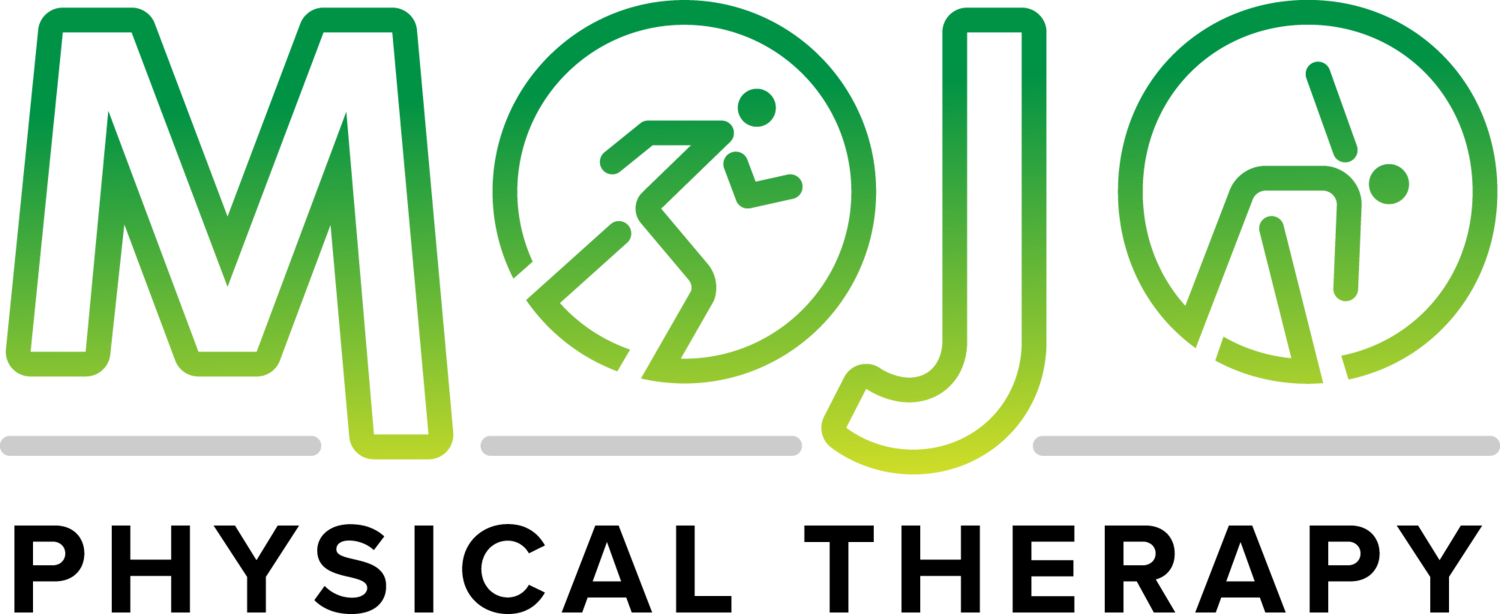Dizziness or Balance Issues?
Struggling with Dizziness or Balance Issues? Mojo Physical Therapy Can Help
Has the room ever felt like it was spinning, or something just doesn’t feel right with your balance? This may be due to dysfunction in your vestibular system, a tiny but crucial part of your inner ear responsible for detecting head and body movements in relation to your surroundings. When the vestibular system isn’t functioning properly, symptoms like dizziness, vertigo, and imbalance may occur. Whether the onset is gradual or the result of a traumatic accident, vestibular disorders can significantly impact daily life.
At Mojo Physical Therapy, located in Gunbarrel, Colorado, we specialize in vestibular physical therapy to help you regain control and balance.
Types of Vestibular Dysfunction
BPPV (Benign Paroxysmal Positional Vertigo): Often referred to as positional vertigo, this condition causes dizziness or the sensation that the room is spinning when you make certain head movements. It’s typically caused by loose "crystals" in the vestibular system. Common symptoms include dizziness when lying down or rolling over in bed.
Vertigo: A general term for dizziness, unsteadiness, or a loss of balance, vertigo is often linked to vestibular system dysfunction. Since the vestibular system heavily influences balance, vertigo is a frequent symptom of imbalance disorders.
Vestibular Hypofunction: This condition affects one or both sides of the vestibular system, leading to difficulties with balance, postural stability, and eye movements. Vestibular hypofunction can result from a variety of causes and is often treated with habituation exercises.
Vestibular dysfunction can be frustrating, especially when you’re unsure why you feel dizzy or off balance. But there is hope! At Mojo Physical Therapy, we are here to help you understand your symptoms and provide effective treatments to restore your balance and quality of life.
Why Choose Physical Therapy for Vestibular Disorders?
Vestibular physical therapy is a highly specialized approach aimed at treating conditions that affect your balance and equilibrium. Here’s how it can help:
Gaze Stabilization Exercises: These exercises focus on improving your ability to keep your gaze steady while moving your head. This retrains the brain and eyes to work more efficiently together, reducing dizziness and improving focus.
Habituation Exercises: If specific movements or positions trigger your symptoms, we’ll guide you through customized exercises designed to reduce sensitivity to these triggers over time.
Balance Training: Our targeted balance exercises help improve coordination and stability, reducing your risk of falls and enhancing overall balance.
Canalith Repositioning Maneuvers: For conditions like BPPV, we use specialized maneuvers such as the Epley maneuver to reposition the loose crystals in your inner ear, relieving vertigo symptoms.
FAQs
Is Physical Therapy Right for Me?
Yes! Vestibular physical therapy is a safe and effective, non-invasive treatment that can deliver lasting relief. Depending on your symptoms, some patients experience noticeable improvement after just one session. We aim to reduce both the intensity and frequency of your dizziness or imbalance without relying on medication or invasive procedures.
What Can I Expect During My First Session?
During your first visit, your physical therapist will conduct a comprehensive evaluation, considering contributing factors such as your medical history, lifestyle, and vestibular symptoms. After identifying the root cause, you’ll receive hands-on treatment during your initial visit, starting you on the path to symptom relief. Together, we’ll create a customized plan to help you reach your goals.
Why Choose Mojo Physical Therapy?
At Mojo Physical Therapy, we offer a truly one-on-one experience with a Doctor of Physical Therapy who specializes in vestibular disorders. Each 60-minute session is entirely dedicated to you, with no overlap of patients, ensuring personalized attention and care.
